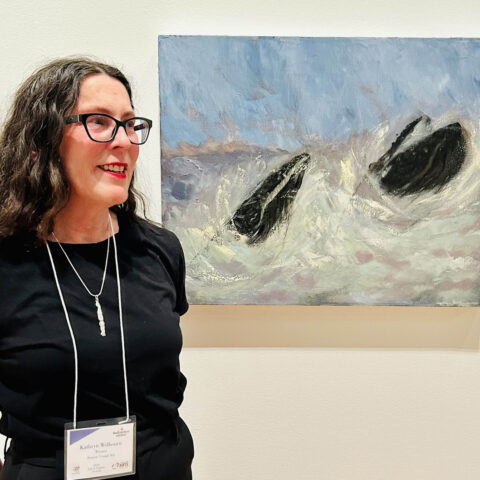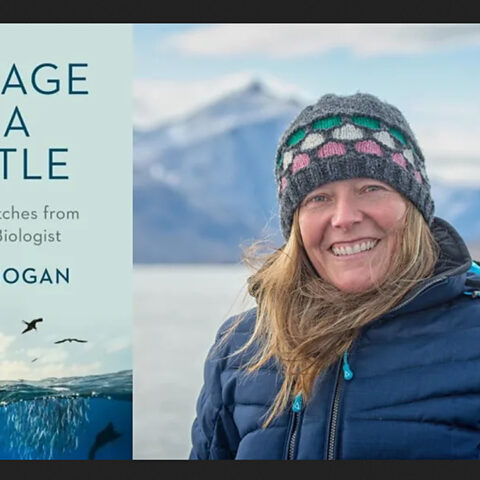ST JOHN’S, NL – We’re suckers for guidebooks. The best are far more than a tourist guide and offer history, journalism and story telling along with the travel tips and advice. Before Lonely Planet there was Fodor’s and Fielding Worldwide that were well crafted and thorough travel journals. They can be a simple and mundane as a European city or off the wall as a tour of the world’s war zones. In their heyday, before mass travel and tourism they were the go-to for people travelling to new and exotic places but were good adventure reads in their own right.
Hidden Newfoundland by Scott Osmond, from Boulder Books, is exactly that even in our online, all the time world. This is a guide to the island of Newfoundland beyond the pavement and the standard tourist destinations and well trodden paths while adding a brief geography, geology, and social and economic history lesson on the province. What humans leave behind tell our history be it art or ruins.
“All the locations have history and relevant to Newfoundland culture”, say Osmond.
Scott Osmond, who has degrees in Engineering and Geology, says this all comes out of natural curiosity, outdoors adventure and looking for unique photos around the province and led to a popular blog. Ironically, now abandoned itself.
Osmond’s guide will take you to more than 120 remote locations with natural history, abandoned villages, shipwrecks, plane wrecks and forgotten industrial and military sites from Newfoundland’s economic past.
“The Campbellton Mill may be my favourite spot, says Osmond. “It’s spread out over a wide area and reveals itself a bit at a time. Lots of features and the old dam is unique.”
The abandoned Horwood Lumber Company pulp mill was built in 1913. The remains of the powerhouse, mill, dam, and channel can be explored after a short hike up the channel.
ACCESS and SAFETY
Mother Nature wins in the end and many of these shipwrecks and old industrial sites are, naturally, deteriorating with time and will disappear eventually. It also means they become unstable and more of a risk to explore. With that, those sites under government authority get sealed or closed off from the public at times.
“You can still visit the sites and there is still the opportunity to learn”, says Osmond.
GO EXPLORE
This book is a great design and makes trip planning easy. It’s arranged by region and colour coded. So slip a post-in note on the places you want to hit up on your travels and get out there and explore Newfoundland.
“We all have that dream of travel and exploring. I did the book to promote exploring learning more about Newfoundland” say Osmond.
So, get out there, have fun, know your limits, and play safe.







